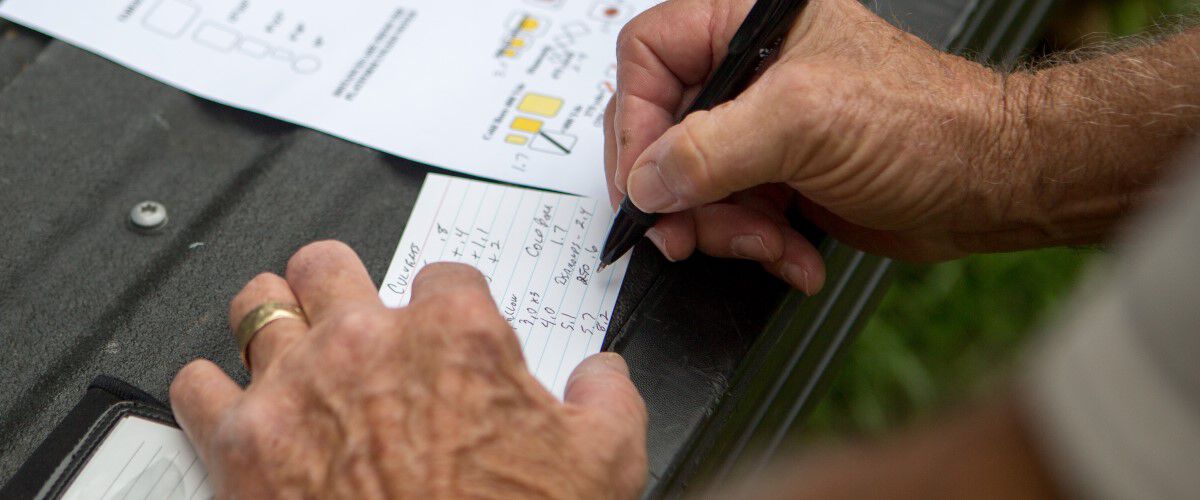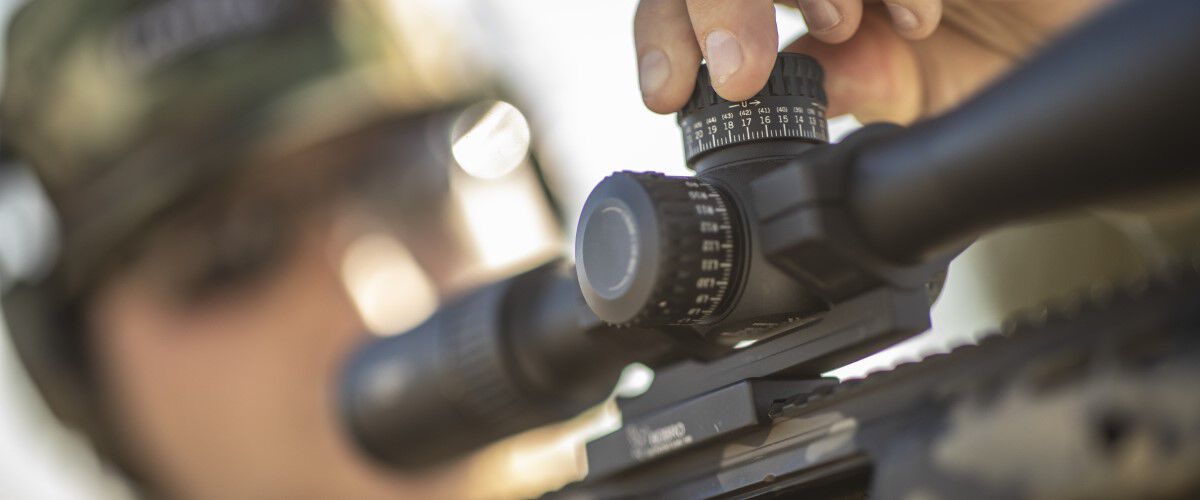The Write Stuff
By Jace Bauserman

When I first started distance running some 20 years ago, I read about the importance of keeping a log. It seemed all the great marathon and ultra-marathon runners kept one, so I followed suit. My journal wasn't very detailed at first—I just recorded my times and mileage. Over time, however, I realized the importance of detail. After each run, I would record my highest heart rate, average heart rate, total mileage, minute-per-mile pace, and the like. In addition, I jotted down details about the run—how I felt, what the course was like—it was all recorded.
Guess what? The more detailed journal I kept, the faster I progressed. It made a huge difference.
My early rifle forays went much the same way. At first, I didn't write down a thing. I just went out and shot a few times a year before hunting season and then went hunting. Several times during those early years, I forgot what type of bullet I was shooting and the weight. I couldn't remember if I'd sighted in dead-on at 100 yards or set the scope to be 2 inches high. This made for some interesting days on the range.
Starting Out
As I got more serious with my shooting and started testing my ability downrange, I decided to keep a true shooter's journal. I figured it would be the best way to track my progress and keep track of exactly what load I was shooting. As with running, I got more detailed as time went on. In addition to keeping track of simple things, I started logging group size at different distances, specifics about how I shot in the wind, trigger pull, cheek weld, and the like were all recorded. I used this intel and built a shooting plan. I no longer went to the range without a purpose. Each shooting session, based on what I'd journaled about, was carefully evaluated.

One day, I would focus and work on nothing but trigger pull. Before sending lead downrange, I would often dry-fire the rifle multiple times to ensure I was getting a precise pull. In addition, I would emphasize how I was coming into my rifle at different body positions—putting focus onto check weld and eye-to-scope alignment. This type of work not only saved me ammo but taught me to slow down and make the most of every single shot. Some days, based on the plan I'd developed, I would shoot off the bench. Other days, I would shoot prone off a backpack, kneeling with the rifle on sticks, standing with the rifle on sticks, and off-hand. On certain days, I would focus on shooting three-round groups, and others, the emphasis would be on banging steel at 500-plus yards.
Reaping The Benefits
I discovered that keeping the journal and building shooting plans was not only fun, but also super helpful. The plans filled me with confidence, and now, being able to look back at several years of documentation is cool. I can see how I've grown as a shooter and a hunter. I can show my kids and grandkids exactly how each shooting session and hunt was planned and executed.
The right firearm, ammo and skill set are all critical to good shooting, but if you want to get the most out of every range session and grow as a shooter, start keeping a journal and planning each shooting session.